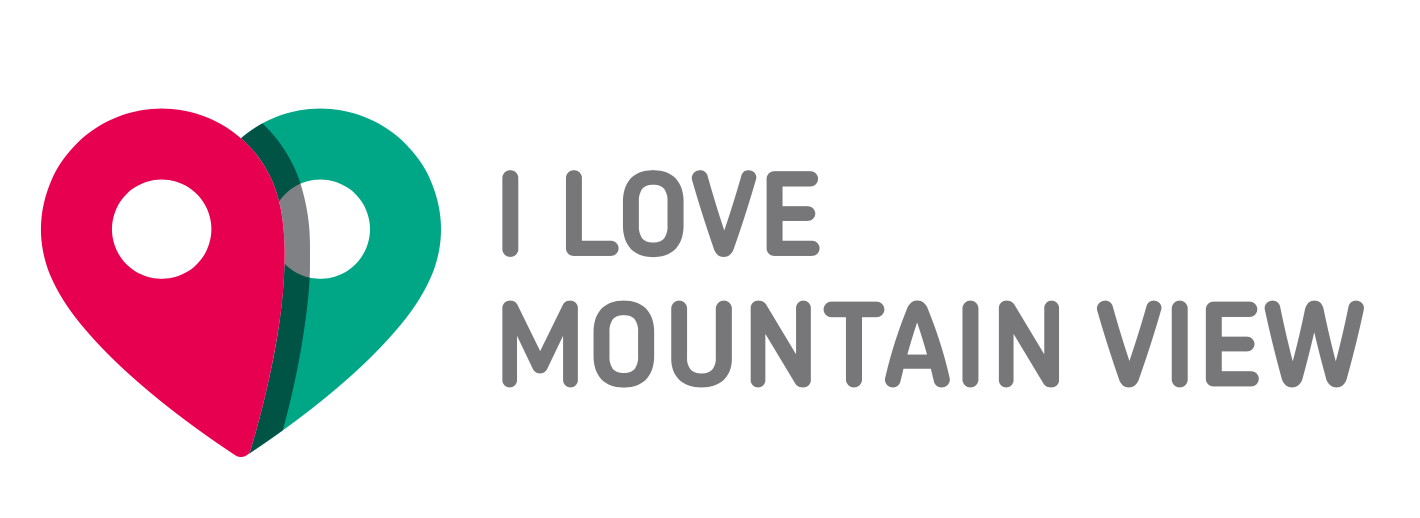Computer History Museum
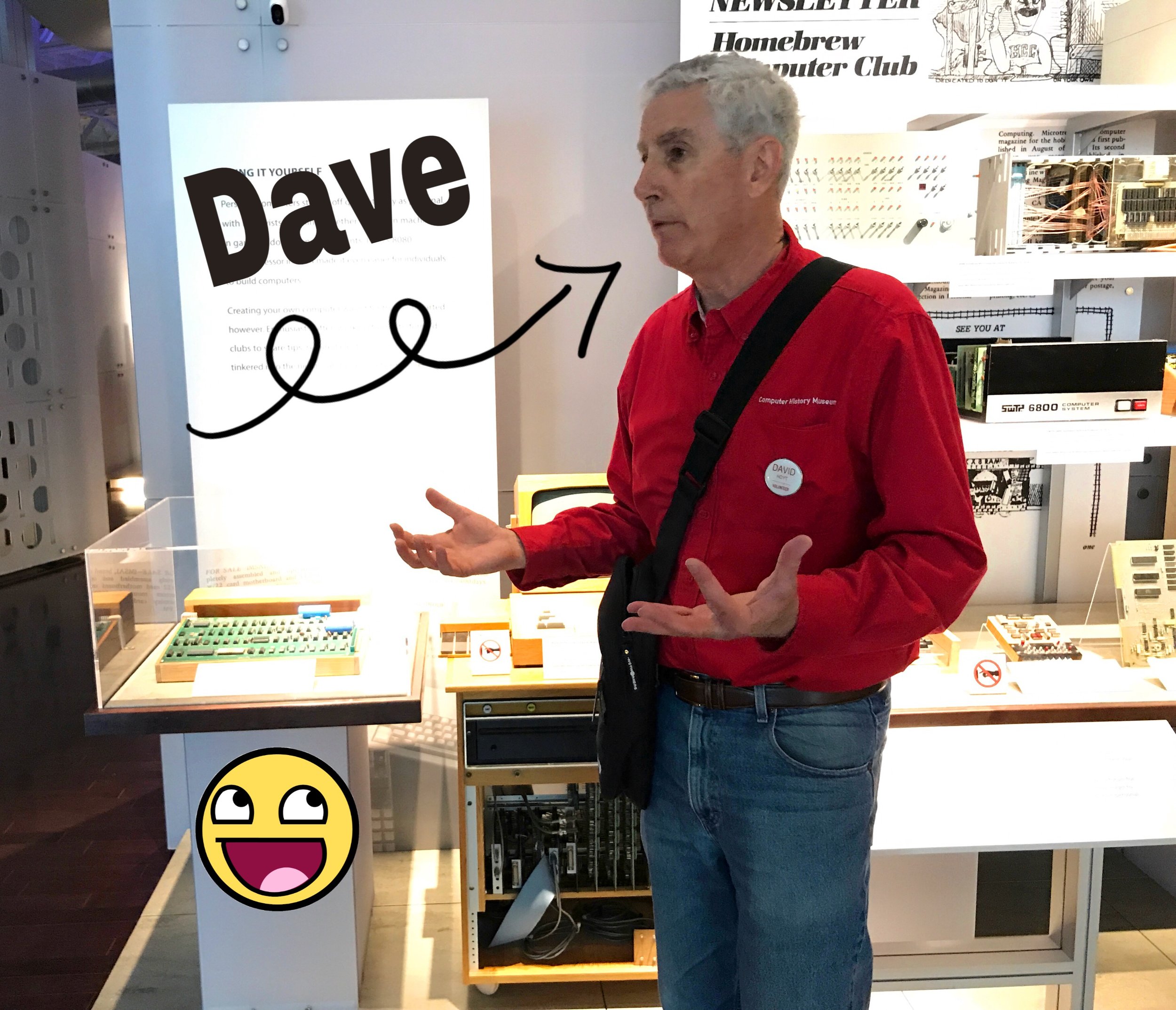


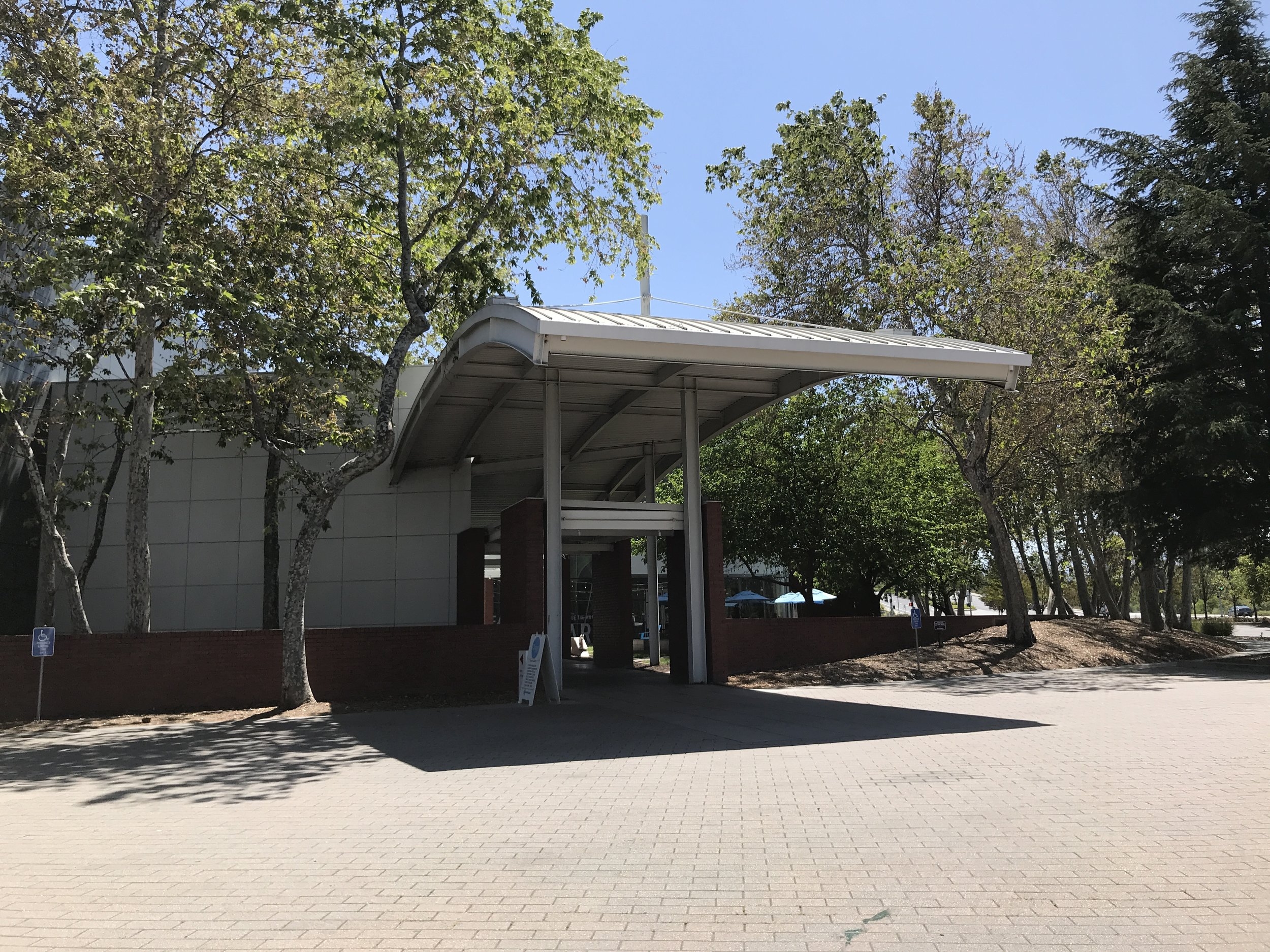
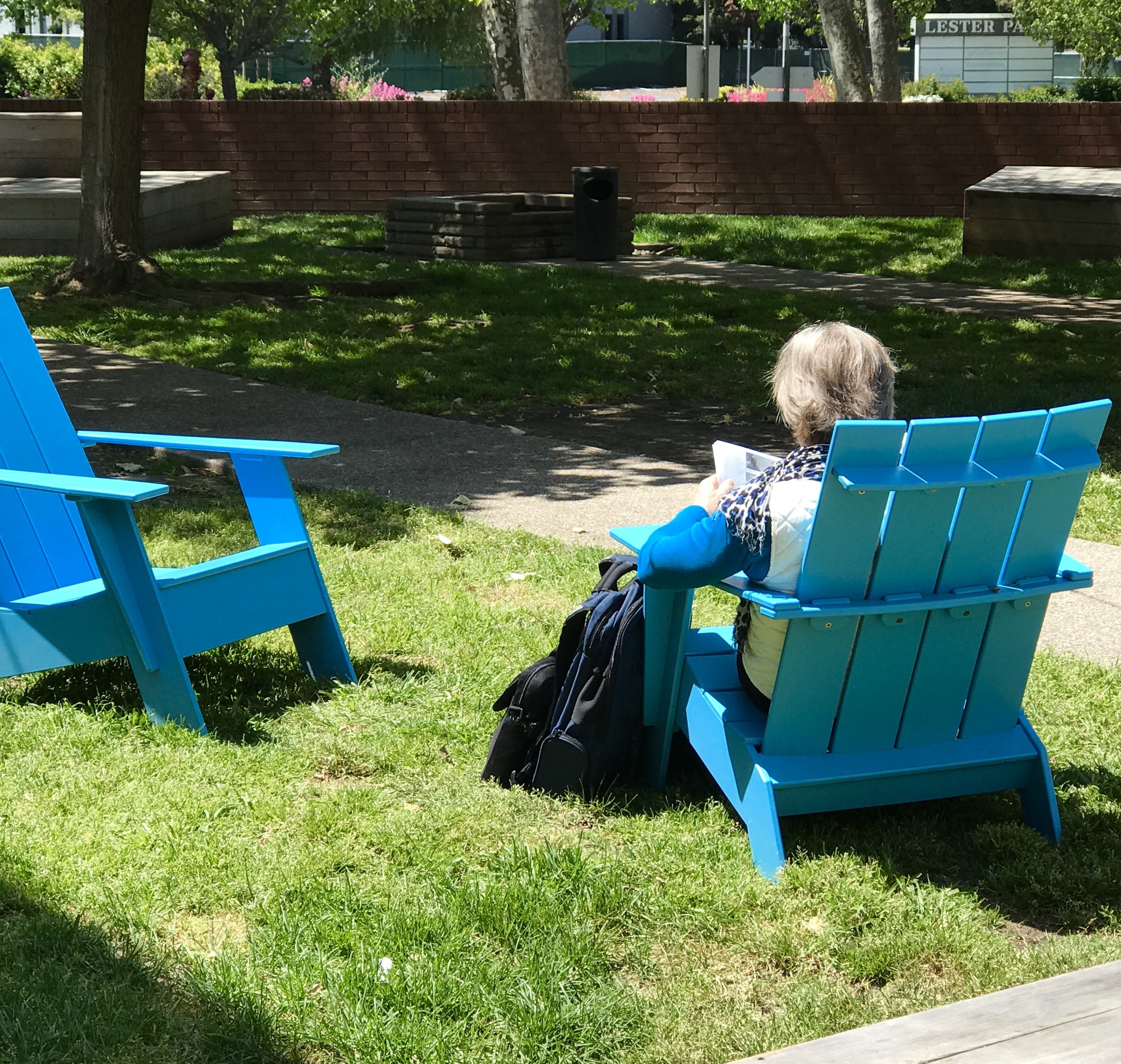

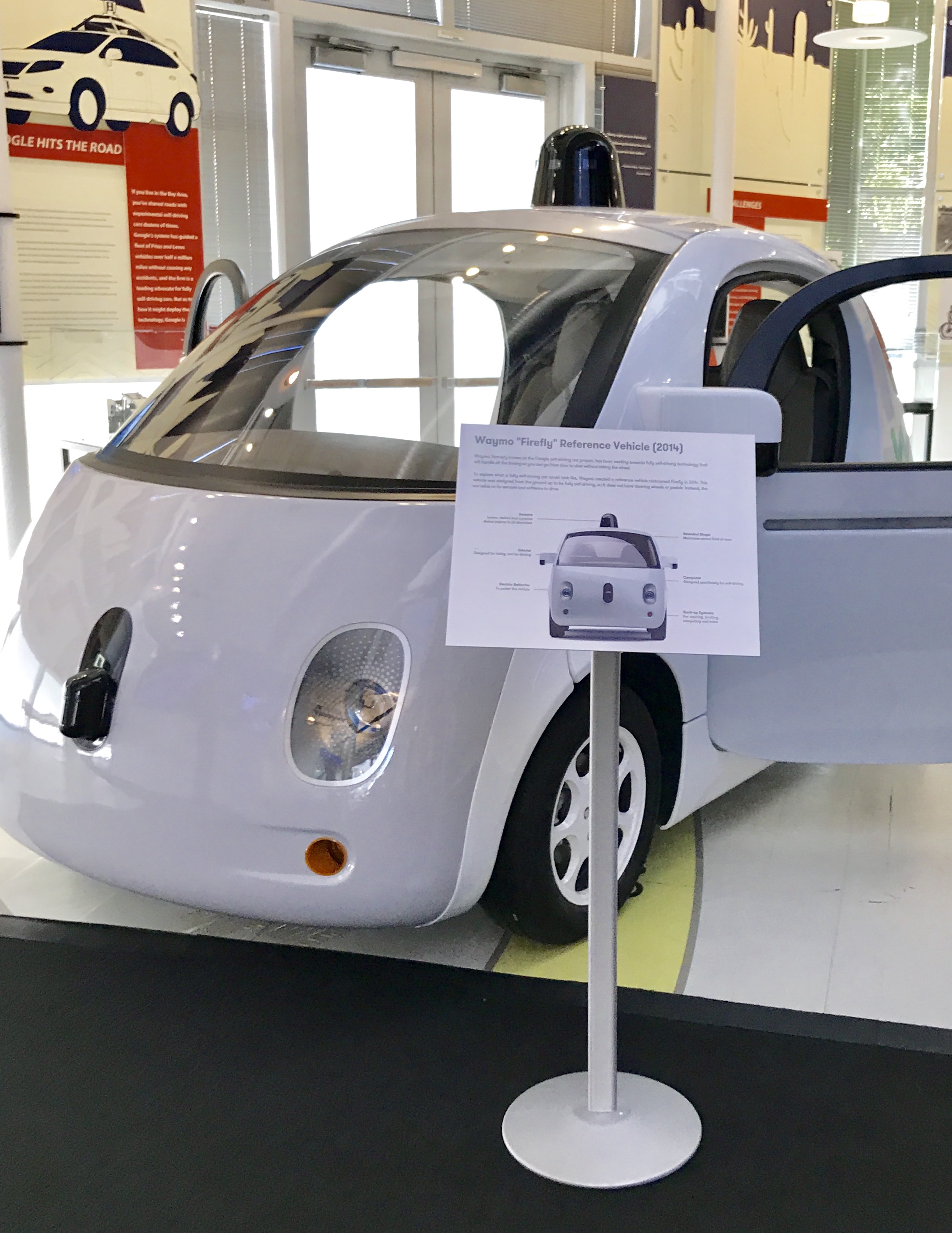

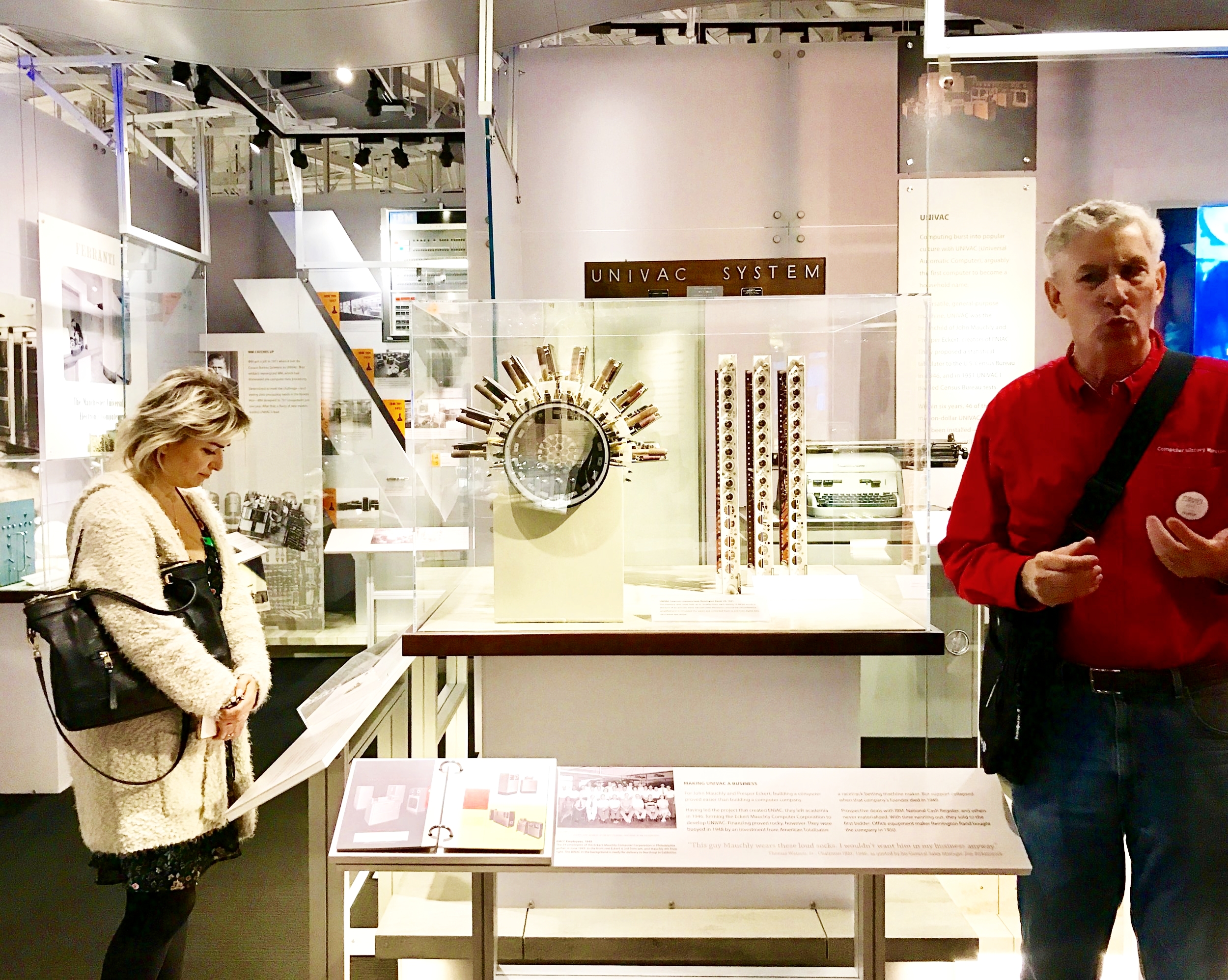

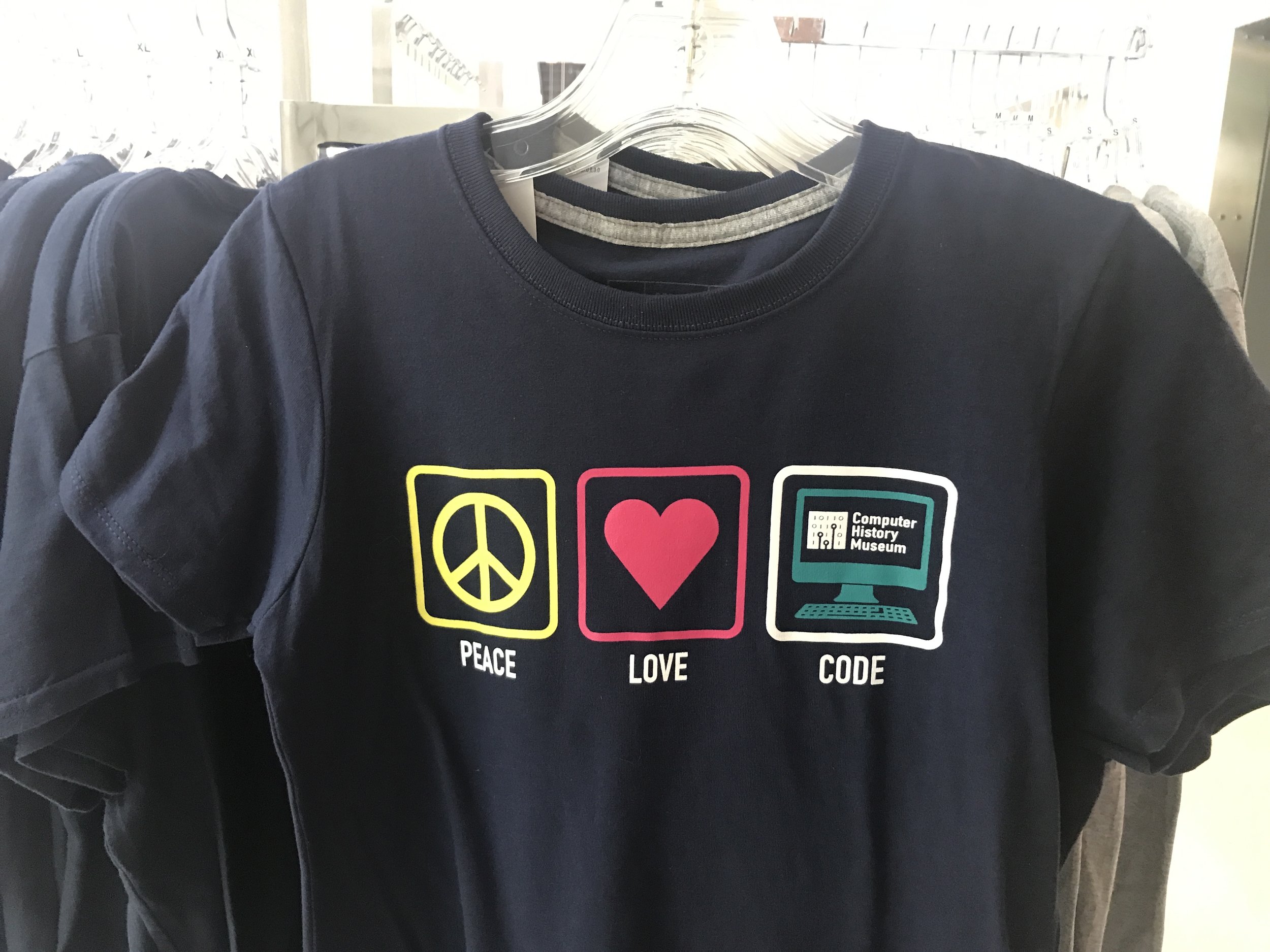
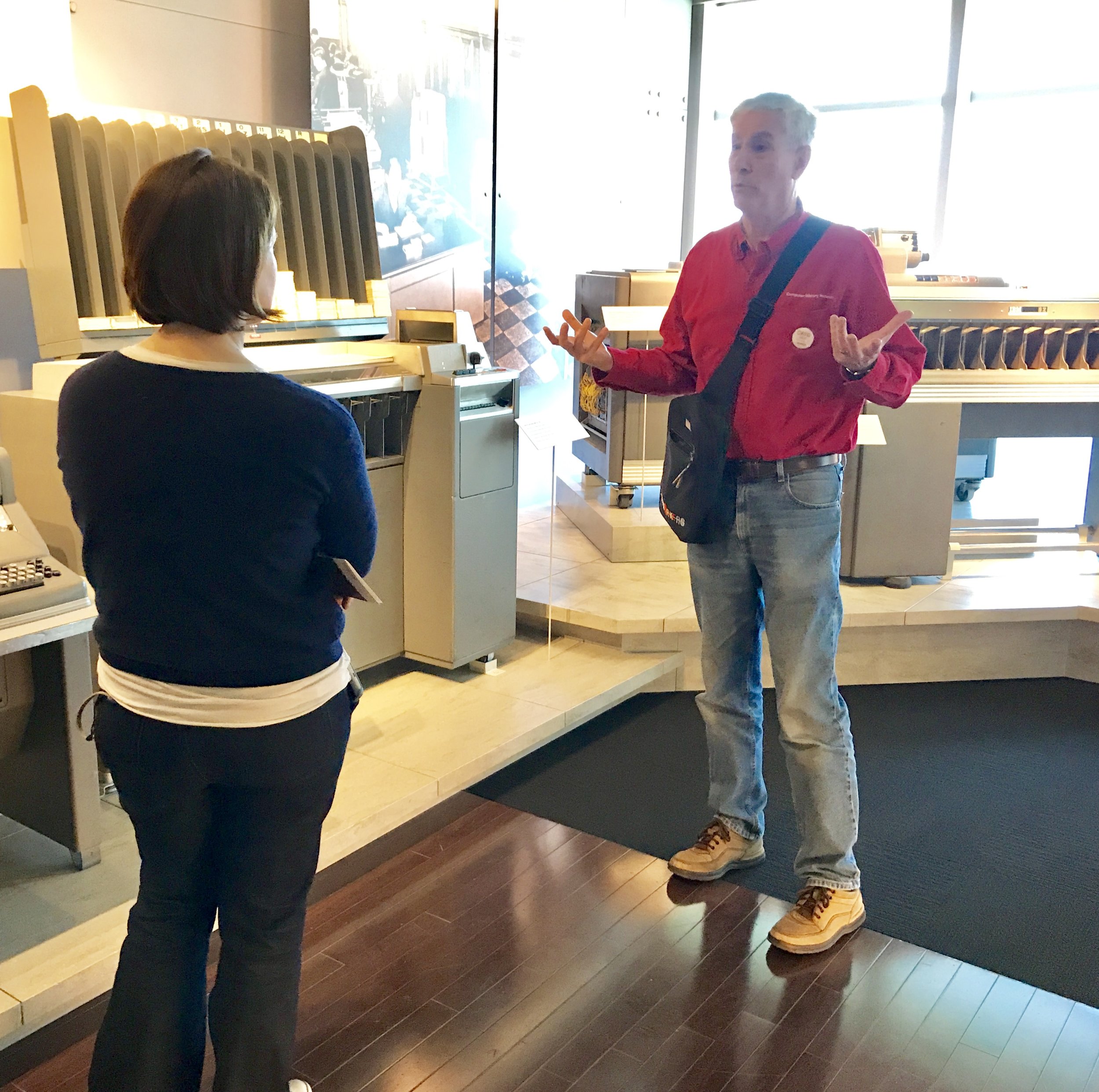

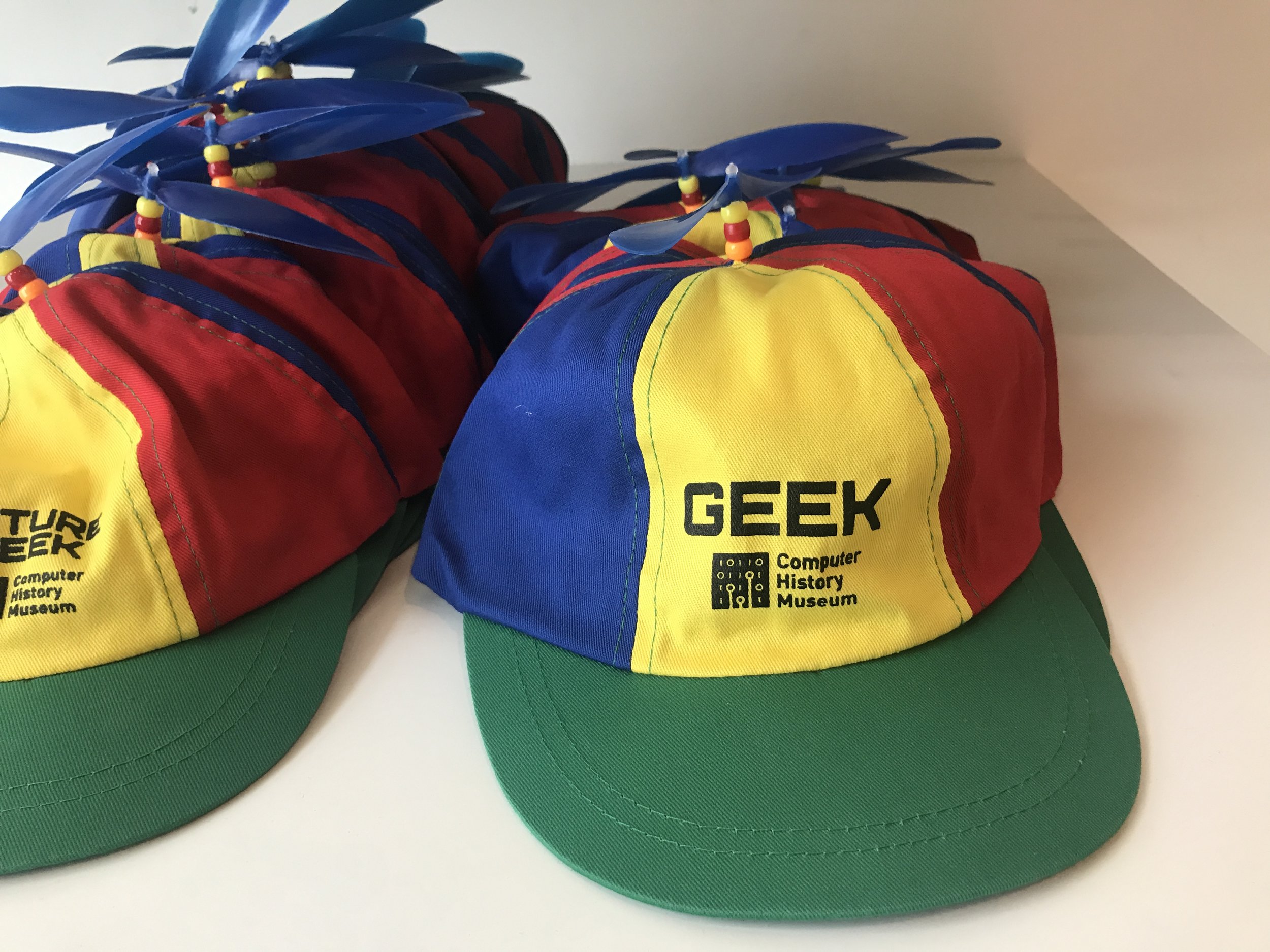


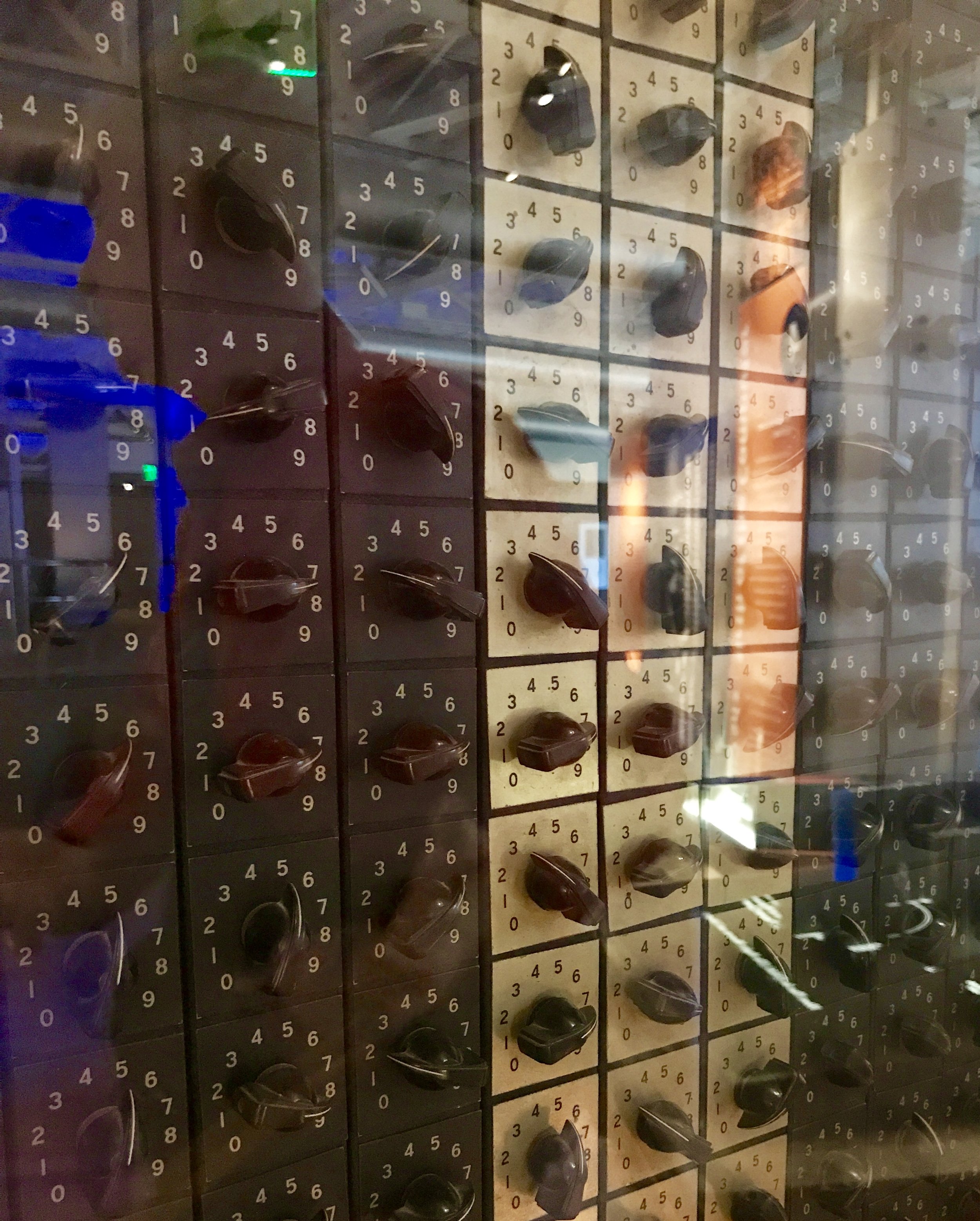













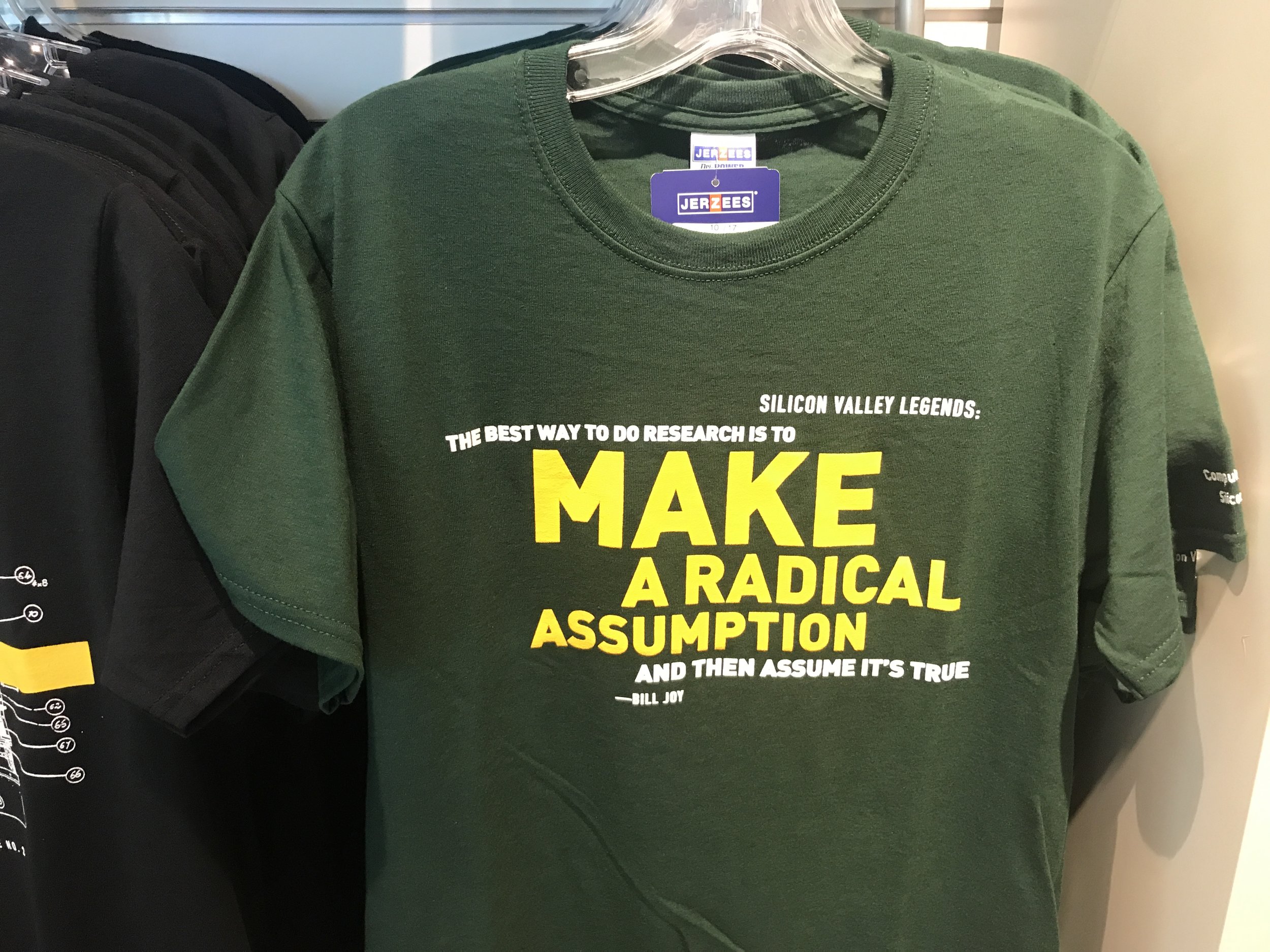
I stopped by the Computer History Museum on Thursday just in time to go on a docent led tour. I’ve been to the downstairs gallery before, but never on a tour. It’s a much better experience, for me anyway, if someone shows me around and tells me what’s so important about each item and how it is part of the history of Silicon Valley.
It's a giant puzzle and I might not be able to fit together all those pieces without the help of an expert and Dave Hoyt, the docent that led my tour, was that expert.
When he was a kid, his Dad sold IBM computers, so of course he has an insider’s perspective on the early computer industry, and his comments and interesting stories weren’t anything you would be able to hear anyplace else. At the end of my tour, I was told by Katherina McAllister, the Manager of the Interpretive Volunteers that all of them are just as amazing as Dave.
Another bonus of going on a tour is that you get to chat with the other people in your group. My group was very global.
I noticed that everything that was said on the tour was completely accessible to non-tech people, so it was perfect for any audience. That was nice.
The tour started with Revolution: The First 2000 Years of Computing. Dave talked to the group about Hollerith’s Census Machine, the Babbage Engine, ENIAC, and UNIVAC, and how those items effected the history of our country, well, the whole world really. He briefly touched on elections, atomic weapons, and meteorology; so many different problems and how early computers solved those issues.
We looked at the Cray 1 which was $9,000,000 in 1976 and chatted about the “mother of all demos” from 1968, punch cards, transforming data into documents, analog to electric, Moore's Law, early personal computers for hobbyists, super computers, mini computers, computer games and the art of telling a computer what to do, or “programming.”
As the tour was coming to an end, I couldn’t help but feel proud about all the problems that Silicon Valley helped solve and hopeful that we continue on our winning streak. Then a young woman in my tour group from Greece asked Dave, “Why here? Why did all of this happen right here in this particular area?” He gave a beautiful explanation about it being a culmination of Stanford, Hewlett Packard, Shockley Labs, and Fairchild (just to name a few) and that the venture capitalists made funding available to the early companies and power of the ecosystem of Stanford. This area recruited the most brilliant minds, then and now. I wish I had it on video, but I was too focused on what he was saying to try to pull my phone out. It was that good.
Personally, I think it’s got to be the weather too. It’s always perfect weather in Mountain View.
The tour was wonderful, and I think I need to go back a few more times in order to see everything the museum has to offer in it’s 25,000 square foot exhibit and over 90,000 artifacts.
I’ve been to some fancy events in the upstairs banquet rooms and I definitely recommend the CHM when people ask me where to have an event in Mountain View.
The museum gift shop is interesting. There aren’t a lot of places around town to purchase unique, touristy souvenirs or gift items, so don’t forget about this place! And there’s a nice little cafe as well. If you haven’t been to CHM in a while, it’s time to go back, and if you have friends or family visiting, this is one of the top 10 places you should take them.
If you absolutely can't make it to the museum in person, don't fret. It's all online.
I love Mountain View.
